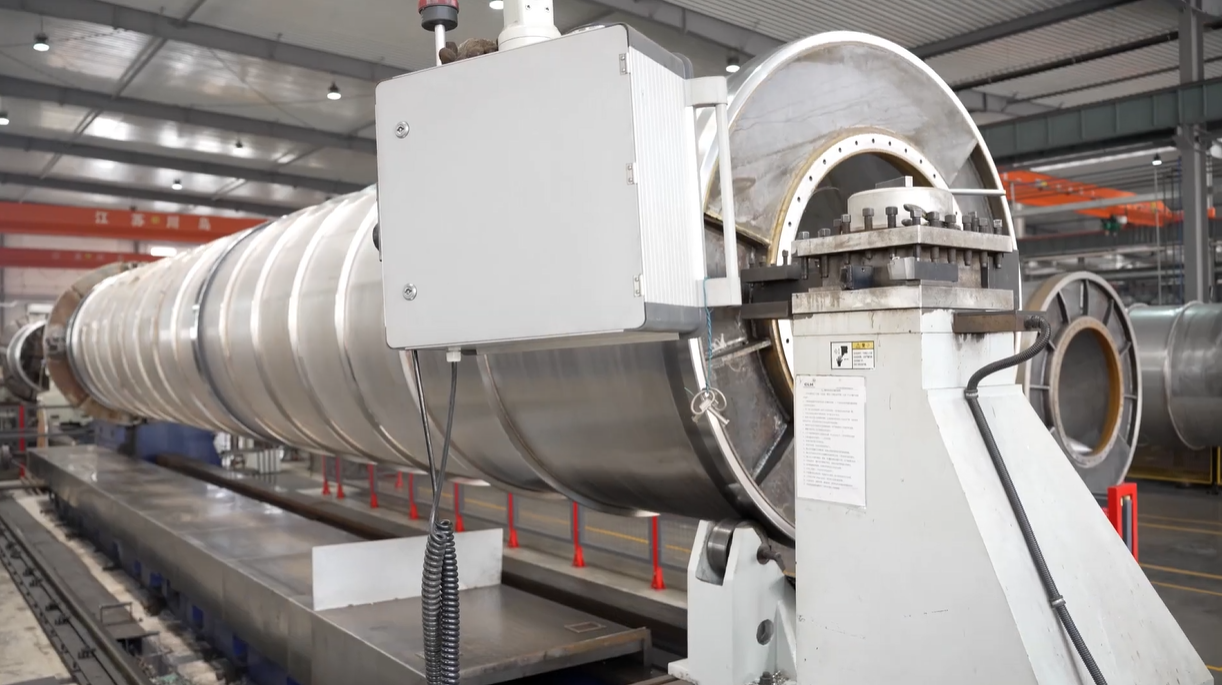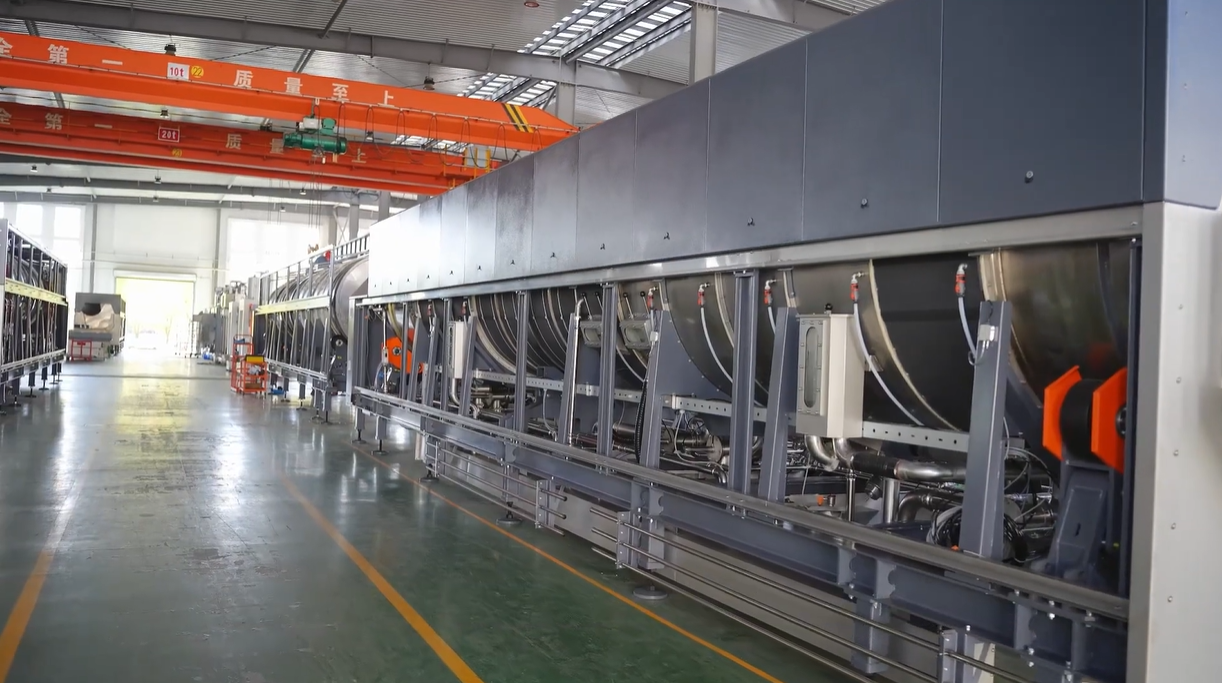In today's laundry industry, the application of tunnel washer systems is becoming increasingly widespread. However, to achieve excellent washing quality, certain key factors must not be overlooked.
Understanding the Importance of the Tunnel Washer
In tunnel washer systems, the tunnel washer plays a pivotal role in determining the washing quality. This component must meet several critical criteria to ensure that the washing process yields the best possible results. Let’s delve deeper into the aspects that make the tunnel washer essential for achieving high washing standards.

1. Scientific and Reasonable Compartment Layout
The layout of the compartments within the tunnel washer is fundamental. Special attention must be given to the main wash and rinse compartments. These compartments must be designed to allow sufficient time for both the main wash and rinse processes. A well-planned layout ensures that the washing and rinsing times are optimized, leading to better overall washing quality.
2. Full Insulation Design for the Main Wash Compartment
Temperature control is crucial during the main wash. The main wash compartment should have a full insulation design to maintain a stable temperature throughout the washing process. This stability in temperature helps in achieving consistent washing results, as fluctuations can lead to uneven cleaning and potential damage to the linens.
3. External Recirculating Counter-Current Rinse Process Design
The rinse process is as important as the main wash. The use of an external recirculating counter-current rinse process design ensures that the rinse water flows counter to the direction of the fabric movement. This method improves rinse efficiency and ensures that residues are thoroughly removed from the linens, resulting in cleaner and fresher laundry.
4. Bottom-Driven Drum Structure with 10–11 Oscillations
The mechanical action within the tunnel washer is generated through its oscillations. A bottom-driven drum structure with 10–11 oscillations per cycle ensures that there is adequate mechanical action to effectively clean the linens. The frequency of these oscillations must be balanced to provide sufficient agitation without causing damage to the fabrics.
5. High-Level Automation in the “Lint Filtering System”
Lint filtering is a critical aspect of maintaining the quality of the rinse water, which is often reused in the main wash. A high-level automated lint filtering system ensures that the water is clean and free from lint and other particles. This not only improves the washing quality but also extends the life of the linens by preventing lint accumulation.

The Role of Temperature Control
Temperature control within the tunnel washer system cannot be overstated. The stability of the temperature during the main wash, maintained by the full insulation design, ensures that detergents work effectively and consistently. This stability is crucial for the breakdown of soils and stains, leading to better washing results.
Benefits of External Recirculating Counter-Current Rinse
The external recirculating counter-current rinse design enhances the rinse quality significantly. By having the rinse water flow counter to the movement of the fabrics, this design ensures that the maximum amount of detergent and soil is removed. This process also helps reduce water consumption, making it an eco-friendly choice for laundry operations.
Importance of Mechanical Action
The mechanical action provided by the oscillations of the drum is vital for dislodging dirt and stains from the fabrics. The bottom-driven drum structure with a high frequency of oscillations ensures that this mechanical action is effective. It strikes a balance between providing enough agitation to clean the fabrics thoroughly while being gentle enough to avoid damage.

High-Level Automation in Lint Filtering
Automation in lint filtering ensures that the rinse water is consistently clean. This system automatically removes lint and other particles, preventing them from redepositing onto the fabrics. This level of automation not only improves washing quality but also enhances the efficiency of the washing process by reducing the need for manual intervention.
Selecting the Right Tunnel Washer System
When selecting a tunnel washer system, laundry enterprises must consider these key features of the tunnel washer. The combination of a well-designed compartment layout, full insulation, efficient rinse process, effective mechanical action, and advanced lint filtering system ensures that the washing quality is controlled and optimized.
Enhancing Washing Results
By prioritizing these characteristics, laundry businesses can enhance their washing results. This not only meets the market’s demand for high-quality washing but also promotes the continuous advancement of the laundry industry. Investing in a tunnel washer system with these features can improve customer satisfaction, increase efficiency, and result in long-term cost savings.
Conclusion
In conclusion, the tunnel washer’s design and functionality are critical for achieving high washing quality. Laundry enterprises must focus on these aspects when selecting and utilizing tunnel washer systems to ensure they meet the market’s expectations for quality and efficiency. By doing so, they can drive the industry forward and maintain a competitive edge in the market.
Post time: Jul-26-2024

